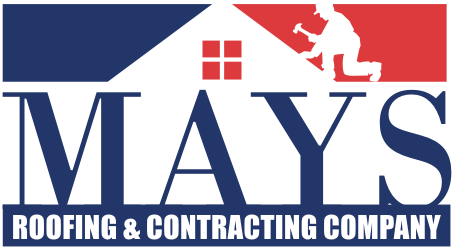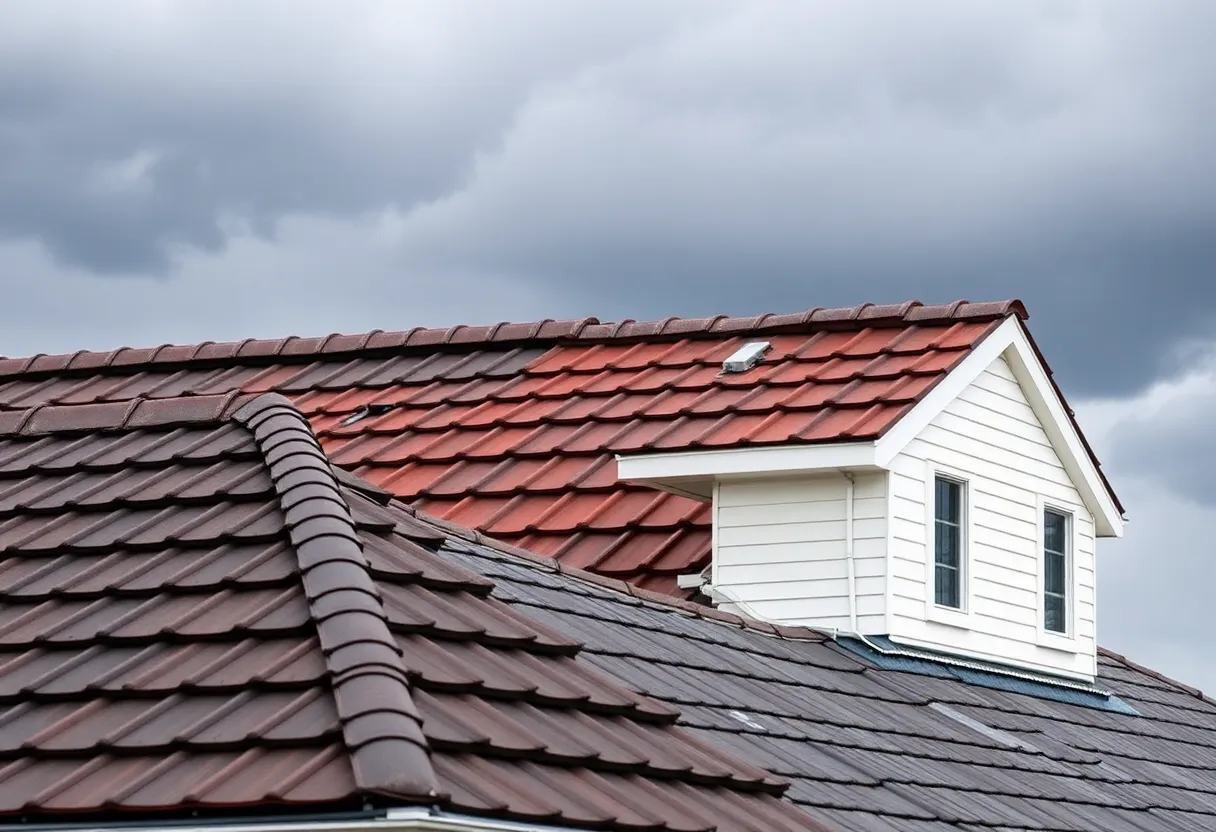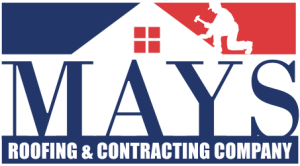How to Choose the Best Roofing System for a High-Wind Area: Essential Tips for Homeowners
Choosing a roofing system for a high-wind area is crucial for ensuring your home’s protection and longevity. The right roofing material and installation can make all the difference during severe weather. This guide provides essential tips for homeowners to select a reliable roofing option that can withstand gusty winds.
Understand Your Local Climate
Before deciding on a roofing system, assess your local climate. Consider the typical wind speeds in your area. High-wind zones often experience winds exceeding 60 mph. Understanding your specific environmental conditions is foundational in selecting the right materials.
Material Strength: The Key Factor
The material you select plays a significant role in your roofing system’s effectiveness against high winds. Here are some roofing materials with varying resistances:
- Metal Roofing: Highly durable and wind-resistant, with interlocking panels that can withstand severe storms.
- Asphalt Shingles: Some premium products come with wind ratings, but standard types are not always reliable in high-wind conditions.
- Tile Roofing: Clay and concrete tiles provide excellent wind resistance, provided they are properly installed.
- Slate Roofing: Extremely heavy and durable, making it a solid option for areas prone to high winds.
- Wood Shingles/Shakes: Generally not recommended for high-wind areas due to their susceptibility to lifting.
Wind Ratings and Building Codes
Each roofing material has a wind resistance rating, often found in product specifications. Research local building codes as they may dictate minimum wind ratings for roofing products. Commonly, a roof system should withstand 110 mph winds or more in high-wind areas. Choose products that exceed local guidelines for additional safety.
Consult with Professionals
Engaging with roofing professionals is invaluable. They can provide insight into the best materials for your specific location and circumstances. A qualified contractor will also help ensure proper installation. Improper installation can compromise even the best materials.
Key Installation Considerations
- Proper Nailing: Ensure the roofing contractor nails down shingles correctly, as this affects their ability to resist wind uplift.
- Flashing Installation: Properly installed flashing around roof penetrations prevents wind-driven rain from leaking into the structure.
- Deck Preparation: A sturdy deck is essential for effective roof performance, providing a solid base for roofing materials.
- Ventilation: Adequate ventilation reduces heat and moisture buildup, which enhances the roof’s lifespan.
Consider Roof Design
The shape and design of your roof play a crucial role in its performance in high winds. Steeper roofs generally shed wind better than flatter designs. Additionally, consider the following:
- Hip Roofs: These roofs have slopes on all sides and are known to perform well under windy conditions.
- Gable Roofs: While common, their flat ends can catch the wind if not designed or positioned correctly.
- Additional Features: Features like roof overhangs and box eaves can contribute to wind resistance if designed thoughtfully.
Cost vs. Performance
High-performance roofing materials often come with a higher upfront cost. Evaluate your budget against the potential long-term benefits. Investing in a quality roofing system may save you from costly repairs and replacements in the future, particularly if you reside in a high-wind area.
Maintenance and Upkeep
Even the best roofing systems require maintenance. Regular inspections can detect weak points before they become significant issues. Tasks such as clearing debris, checking for loose shingles, and inspecting flashing can prolong the lifespan of your roof and enhance its wind resistance.
Insurance Considerations
Check with your insurance provider regarding coverage for high-wind damages. Some insurers may offer lower rates for homes that utilize wind-resistant roofing materials. This can provide additional financial incentives to invest in a quality roofing system.
Final Thoughts
Choosing the right roofing system for a high-wind area involves careful consideration of materials, design, and installation. Homeowners must prioritize wind resistance to ensure the safety and longevity of their homes.
By understanding local climate conditions, consulting with professionals, and investing in appropriate materials, you can secure your home against the destructive forces of wind. It is about choosing wisely now, ensuring peace of mind, and protecting your investment for years to come.





 Mays Contracting
Mays Contracting

